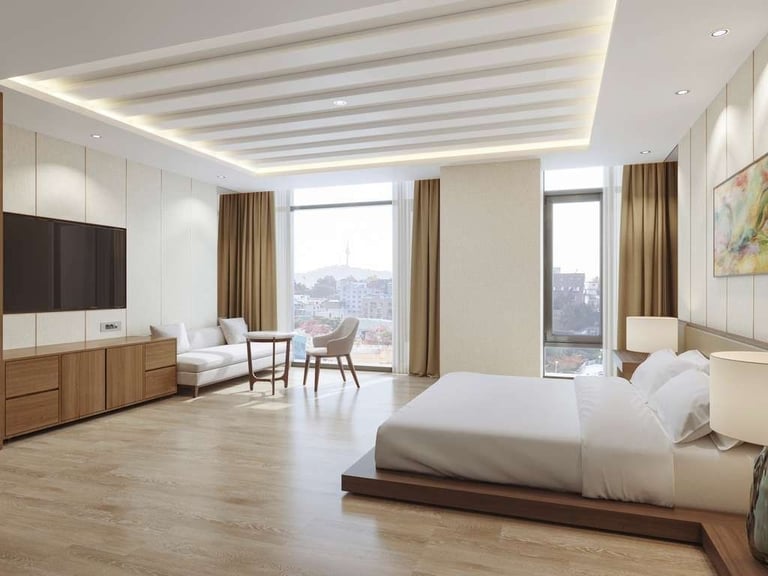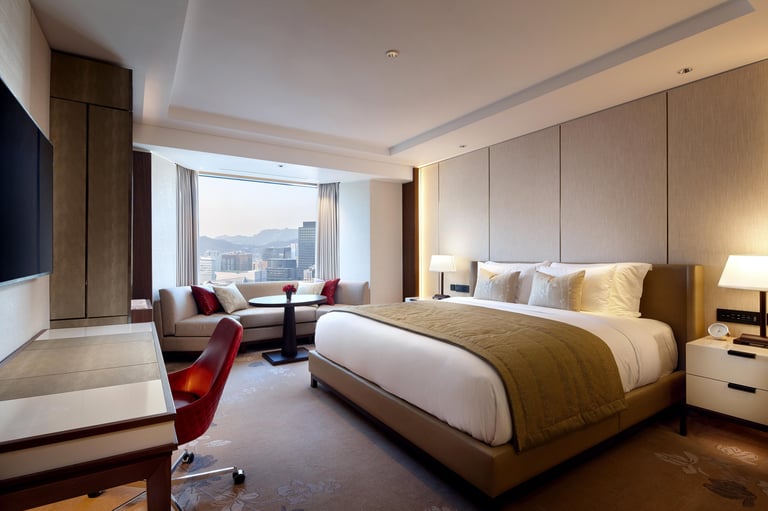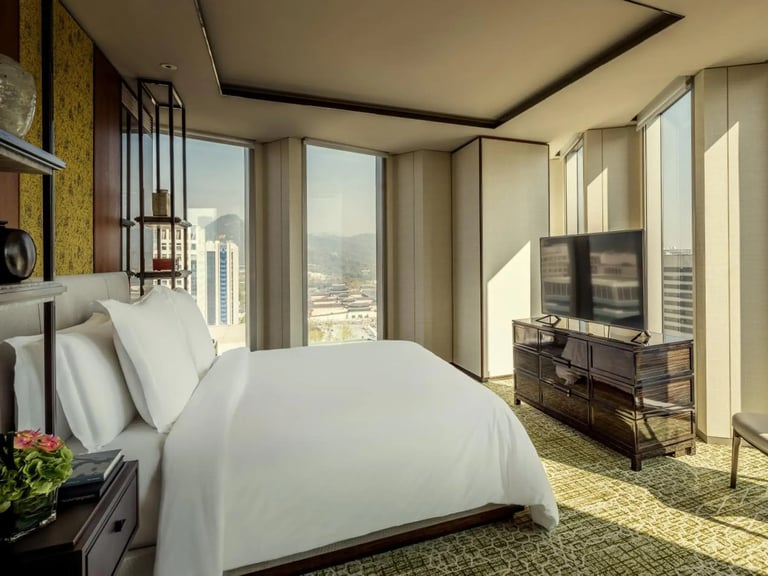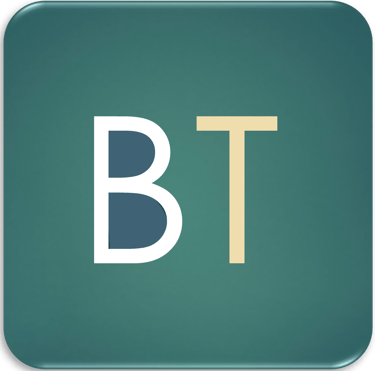Seoul Travel Guide: Essential Travel Tips and Information
Explore our comprehensive Seoul travel guide featuring essential tips on transportation, top attractions, budget-friendly hotels, dining options, and nightlife. Find valuable travel tips, flight and hotel information, and exciting activities to plan your unforgettable trip to Seoul.
Essential Travel Information for a Trip to Seoul
Seoul, the capital city of South Korea, is a dynamic metropolis that harmoniously merges contemporary skyscrapers with historic temples and palaces. One such landmark is Gyeongbokgung Palace that was the inaugural palace constructed by the founder of the Joseon Dynasty in 1395. Among the palaces including Gyeongbokgung, Changdeokgung, Changgyeonggung, Deoksugung, and Gyeonghuigung, Gyeongbokgung stands out as the most expansive creation of the Joseon era. Read more Must Visit Places in Seoul, From Historical to Modern. For those seeking a modern experience, the lively Myeongdong district presents a plethora of shopping and dining opportunities, while N Seoul Tower offers breathtaking panoramic views of the skyline. Whether your interests lie in history, culture, or contemporary entertainment, this vibrant city has something to offer everyone. Exploring South Korea provides an exceptional chance to delve into the nation's rich heritage and dynamic culture, especially through its renowned landmarks.
Getting Around
Seoul features a public bus system that is remarkably efficient, economical, and easy to navigate. The buses are categorized by color: blue buses operate on primary routes that connect different districts, green buses facilitate access between subway stations and key blue bus routes to residential areas, yellow buses circulate in a loop around the city center, and red buses provide service to the outskirts. Buses typically arrive every 10 to 15 minutes, depending on the specific route and traffic conditions. Many bus stops are equipped with electronic displays indicating the estimated arrival time of the next bus. The subway system in Seoul is both cost-effective and extensive, offering a dependable mode of transportation throughout the city. Signage, maps, and announcements at the stations are provided in English for ease of understanding. For tourists who have not acquired a public transportation card or prefer the subway, single journey tickets can be purchased at subway stations, with kiosks available in multiple languages for international visitors. Taxis in Seoul present another affordable and practical transportation alternative, readily available on the streets or at various taxi stands near popular tourist sites.
Hotels and Nightly Rates
When planning a holiday in Seoul, selecting the right hotel is crucial for an enjoyable experience. Location plays a crucial role in your experience. There is a diverse range of locations in relation to various attractions, catering to different preferences for accessibility and ambiance. The LOTTE City Hotel Myeongdong, Dears Myeongdong, G3 Hotel Chungmuro, and Metro Hotel are all situated approximately 4 kilometers from the National Museum of Korea, making them a reasonable choice for guests interested in exploring this cultural landmark. When it comes to proximity to Namsangol Hanok Village, G3 Hotel Chungmuro and Dears Myeongdong stand out as the closest options, located a mere 300 meters away. This makes them particularly appealing for visitors who wish to immerse themselves in traditional Korean culture without having to travel far. If you opt for Sunbee Hotel, you will find yourself just 940 meters from Gyeongbok Palace, which is a must-visit for anyone interested in Korea's royal history, and the same distance to Changdeok Palace, known for its beautiful gardens and architecture.
For travelers seeking a vibrant atmosphere filled with shopping, dining, and nightlife, Hotel Venue G and The May Hotel emerge as excellent choices. Both hotels are conveniently located near Gwangjang Traditional Market, with Hotel Venue G just 690 meters away and The May Hotel slightly further at 860 meters. This proximity allows guests to easily explore the market's rich offerings of local cuisine and unique shopping experiences. Additionally, Metro Hotel is strategically positioned 760 meters from Namdaemun Market, a bustling hub of commerce, and approximately 770 meters from Deoksugung Palace, providing guests with a blend of cultural and shopping experiences. Similarly, Slow Stay DA is located about 720 meters from Changdeok Palace, another significant historical site.
When planning your accommodation, budget is undoubtedly a crucial factor to consider. Seoul presents a diverse array of lodging options, ranging from high-end hotels to more affordable hostels. The accommodations above are among the best-rated in the city, offering various economical choices with nightly rates typically between $95 and $200. For instance, Dears Myeongdong is available for $95, whereas Hotel Sunbee Insadong is priced at $200. There are also several hotels that charge under $100 per night, including Hotel Venue G, Slow Stay DA, The May Hotel, Mayplace Seoul, and Dears Myeongdong. It is essential to keep in mind that prices can fluctuate considerably based on the season, so it is advisable to establish your budget in advance and adhere to it, while remaining open to different price points. Find more Super Rated and Excellent Hotels in Seoul, starting at $ 23.
Super Rated 5 Star Accommodations in Seoul
For those whose financial plans permit a bit of indulgence, Seoul may completely meet their expectations. The city boasts a range of exceptional five-star hotels that have garnered outstanding reviews from patrons, with nightly rates varying from $210 to $580. For example, The The Ambassador Seoul - A Pullman Hotel can be booked for $210 per night, while Four Seasons Hotel Seoul is available for $580 per night. These upscale accommodations are thoughtfully designed to provide outstanding services and amenities, appealing to travelers in search of an opulent experience. Check out the following hotels.


The Ambassador Seoul
Situated in the center of Seoul, The Ambassador Seoul - A Pullman Hotel stands as Korea's inaugural privately owned hotel, maintaining its rich historical legacy since 1955. It has been recently renovated, encompassing the exterior, guest rooms, restaurants, and bars, offering a total of 264 rooms and 40 residences. The hotel boasts 6 gourmet dining options too. This highly-rated 5-star hotel is 699 meters from the city center. Places nearby within 2 km are Namsangol Hanok Village, Dongdaemun Market, Gwangjang Traditional Market, N Seoul Tower, Namsan Park, and Namdaemun Market. Find more other super rated 5-star hotels in Seoul.


Lotte Hotel Executive Tower
Conveniently located near the lively Myeongdong shopping area, the Lotte Hotel Seoul Executive Tower positions guests just steps away from a variety of shopping and entertainment choices for discovering the vibrant city. This super rated 5-star hotel is located 282 meters from the city center. Places nearby within 2 km are Deoksugung Palace, Namdaemun Market, Gwanghwamun, Namsangol Hanok Village, Gyeongbok Palace, N Seoul Tower, and Gwangjang Traditional Market. Find more other super rated 5-star hotels in Seoul.


Four Seasons Hotel Seoul
In the vibrant Gwanghwamun district, Four Seasons Hotel Seoul is a 15-minute bus ride from the Myeong-dong shopping district. This contemporary luxury Hotel brings you to experience South Korea for the first time by inviting you to indulge in complete serenity at urban Spa or savoring Cantonese cuisine at Yu Yuan. This super rated 5-star hotel is located 515 meters away from the city center. Places nearby within 2 km are Deoksugung Palace, Gwanghwamun, Gyeongbok Palace, Namdaemun Market, and Changdeok Palace. Find more other super rated 5-star hotels in Seoul.
Highly Rated Hotels Close to Airport
Numerous highly-rated hotels are located in close proximity to Incheon International Airport. After several days of exploration that can be both time-consuming and exhausting, opting to stay overnight nearby is far more practical than enduring a lengthy taxi ride to international airport. This choice allows for a much-needed opportunity to rest and rejuvenate before continuing your travels. BezzieTravel wishes you a wonderful holiday in Seoul. Check out some of the top-rated hotels close to the airport with prices ranging from $60 to $150.
Cheapest FLIGHT
Incheon International Airport (ICN) is the main international airport serving Seoul. ICN is also one of the largest and busiest airports in the world. It offers a variety of transportation options, including taxis, buses, and trains, making it easy to reach downtown Seoul. Check out cheapest flight to Seoul before late.
